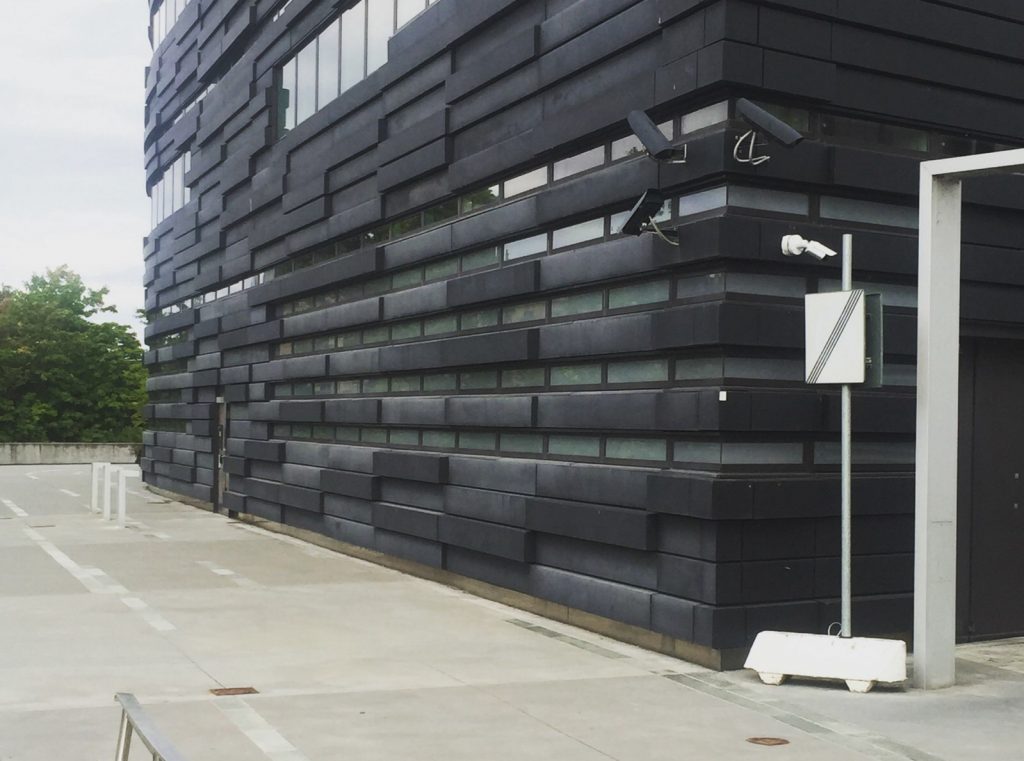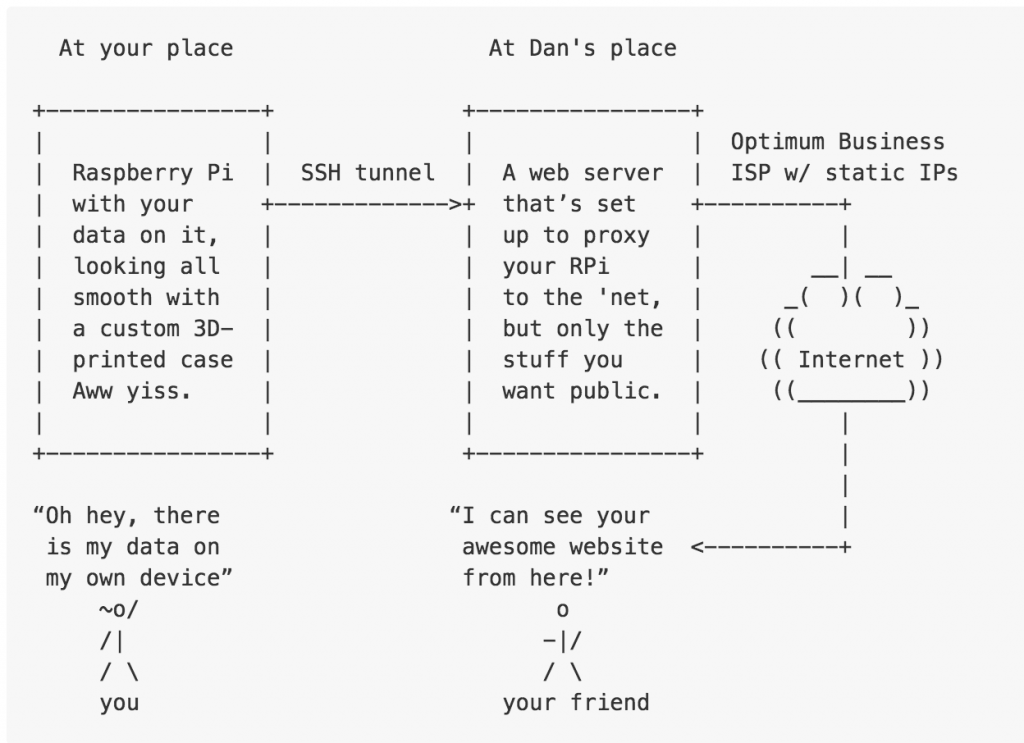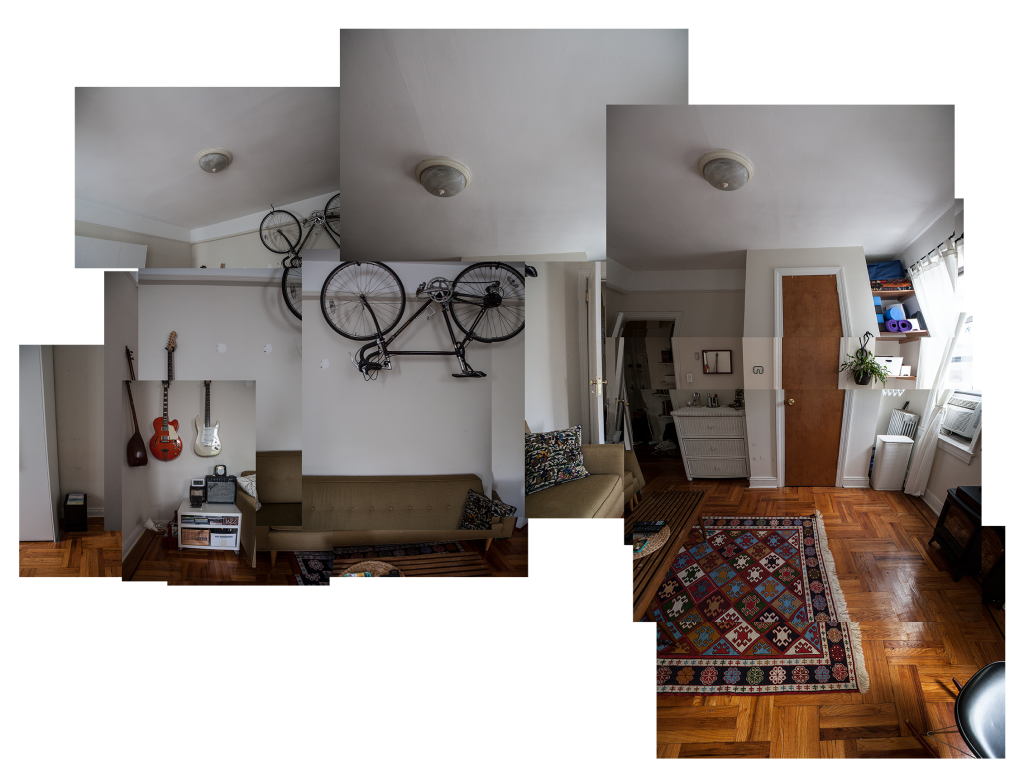Caroline Sinders is a machine-learning-design researcher and artist. For the past few years, she has been examining the intersections of technology’s impact in society, interface design, artificial intelligence, abuse, and politics in digital, conversational spaces.
Sinders is the founder of Convocation Design + Research, an agency focusing on the intersections of machine learning, user research, designing for public good, and solving difficult communication problems. As a designer and researcher, she has worked with Amnesty International, Intel, IBM Watson, the Wikimedia Foundation, and others.
Sinders has held fellowships with the Harvard Kennedy School, the Mozilla Foundation, Yerba Buena Center for the Arts, Eyebeam, STUDIO for Creative Inquiry, and the International Center of Photography. Her work has been supported by the Ford Foundation, Omidyar Network, the Open Technology Fund and the Knight Foundation.
Her work has been featured in the Tate Exchange in Tate Modern, Victoria and Albert Museum, MoMA PS1, LABoral, Ars Electronica, the Houston Center for Contemporary Craft, Slate, Quartz, Wired, as well as others.
Sinders holds a Masters from New York University’s Interactive Telecommunications Program.



